Mechelen – a city in Belgium, in the Flemish Region, in the province of Antwerp, the administrative seat of the Mechelen district. It lies on the Dijle river. Mechelen is located in the urbanized area and the industrial axis of Brussels-Antwerp, about 25 km from each of these cities. Many residents find employment in offices and industry located near the capital or in industrial plants near the port of Antwerp.
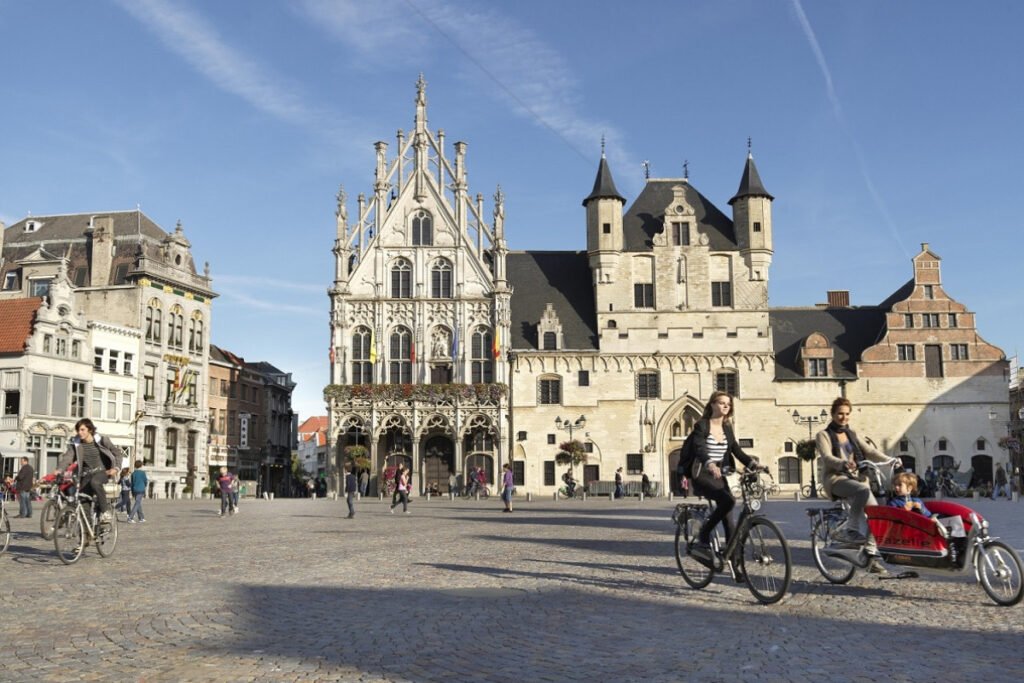
- St. Rumbold’s Cathedral in Mechelen is a Roman Catholic church located in the center of Mechelen in northern Belgium. The cathedral of the Archdiocese of Mechelen-Brussels. It is named after St. Rumbold (died ca. 775), the patron saint of the city of Mechelen. The cathedral’s bell tower was added to the UNESCO World Heritage List in 1999 in the section: urban watchtowers (beffroi) in Flanders, Wallonia and northern France. The cathedral made such an impression on the French architect Vauban that he called it the eighth wonder of the world.
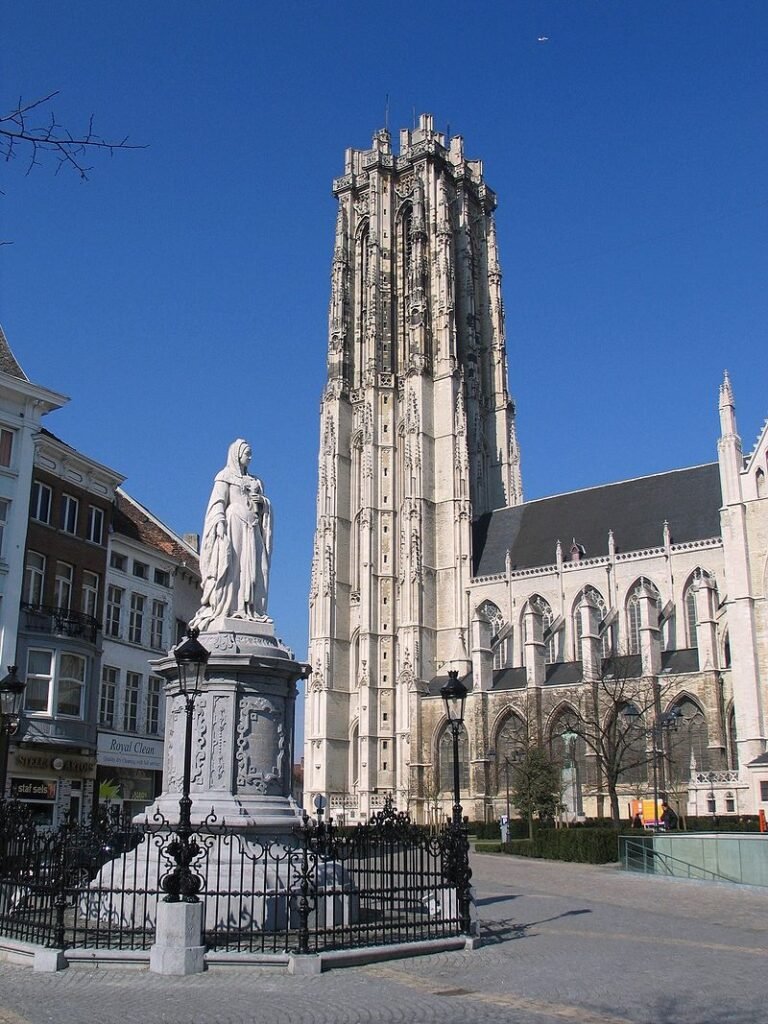
- The Church of St. John the Evangelist – was built in the richest part of Mechelen, where the members of the Great Council (the Supreme Court of the Netherlands in the 16th century) lived. This is reflected in the numerous works inside the church. Undoubtedly, the greatest treasure in the temple is the magnificent, baroque triptych by Peter Paul Rubens. The beautifully crafted central panel shows the Adoration of the Three Wise Men. Behind the side panels is a mechanism for rotating the images at regular intervals, so that all the scenes can be viewed. The face of the woman in the central panel is the face of Rubens’ first wife, Isabella Brant. The side panels very vividly show the death of St. John the Baptist (by beheading) and St. John the Evangelist (pouring oil). The paintings on the outside of the triptych show the Baptism of Christ and St. John of Patmos.
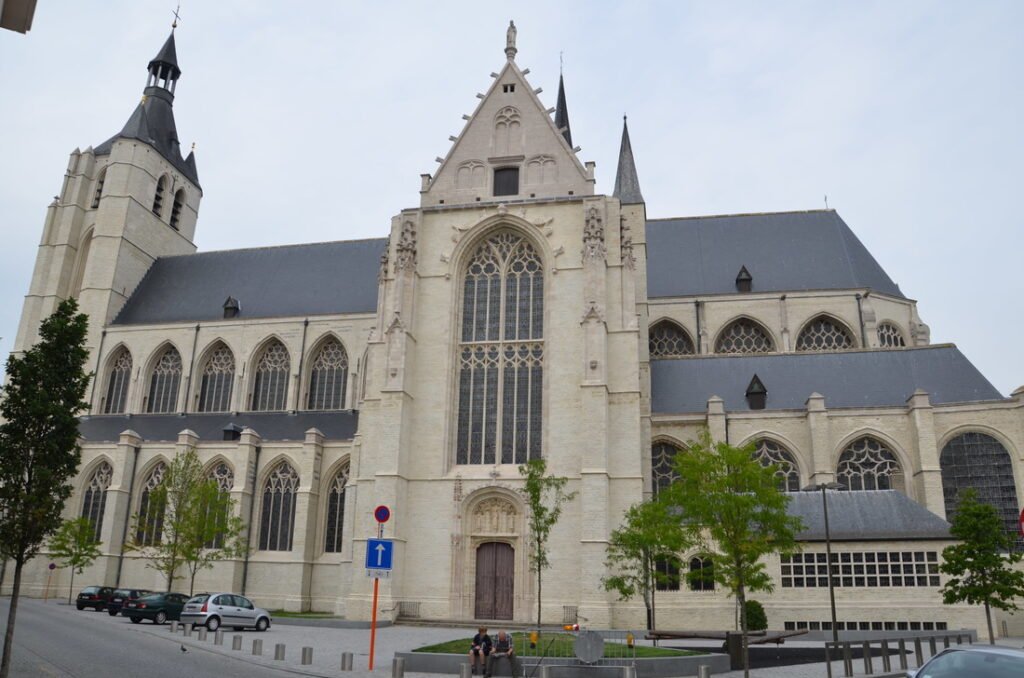
- Church of Our Lady of Hanswijk – 17th century basilica combines a triple nave with one of the first domes in the Netherlands. The church was designed by Lucas Faydherbe, but the foundations were too weak to support the much higher dome that he had intended. The rotunda has a diameter of 15.50 m and the dome rises to 34 m. Inside the church, under the dome, there are two huge bas-reliefs. These are the work of Lucas Faydherbe. They were believed to be made of sandstone. When the bas-reliefs were damaged by bombing during World War II, it was revealed that Faydherbe had not used sandstone, which he considered too heavy, but lightweight plaster to create them.In the front of the church is a miraculous sculpture of Our Lady of Hanswijk, which is carried through the streets of the city in an annual procession. In 1985, Pope John Paul II prayed in this church. Two years later, it was raised to the rank of a minor basilica. Inside the church, the Baroque pulpit, created by Theodoor Verhaegen, and the Baroque confessionals by Jan Franciszek Boeckstuyns are also worthy of attention.

- The Brusselpoort Museum is the only remaining city gate of the original twelve Mechelen gates in Belgium. This impressive structure dates back to the 13th century. Due to its exceptional height, towering over the other gates, it was also called the Overste Poort.
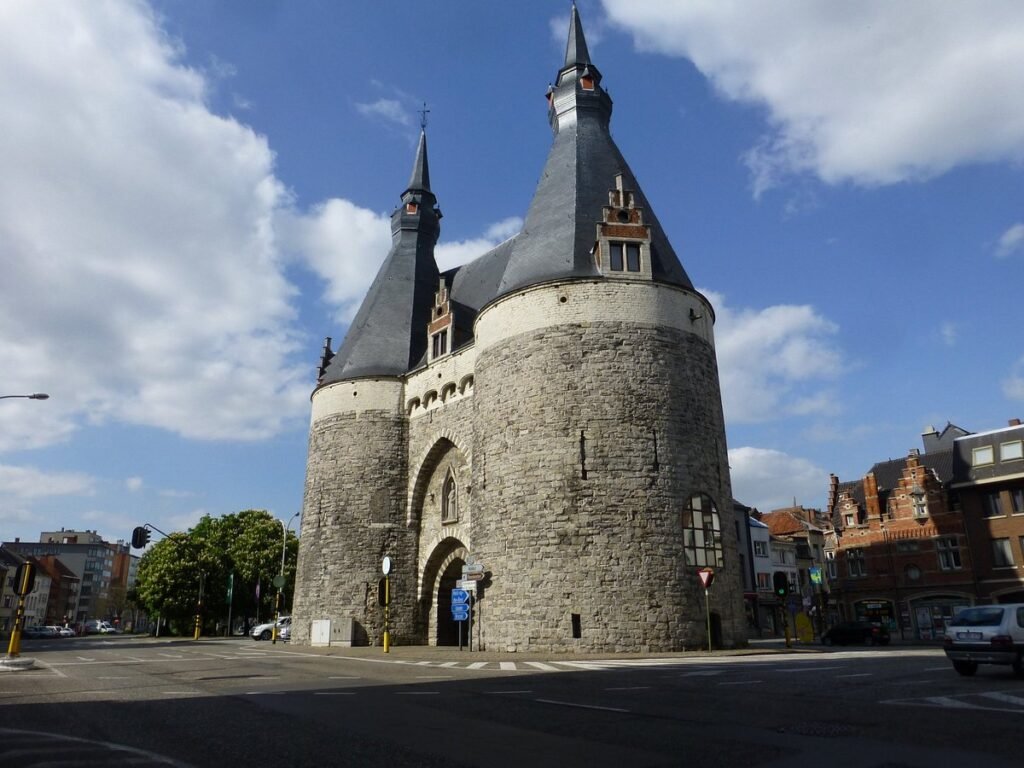
- Market Square in Mechelen Grote Markt – a market square in the center of the Belgian city of Mechelen. On the market square are, among others, the Cathedral of St. Rumbold and the city hall, whose towers (beffroi) have been added to the UNESCO World Heritage List.
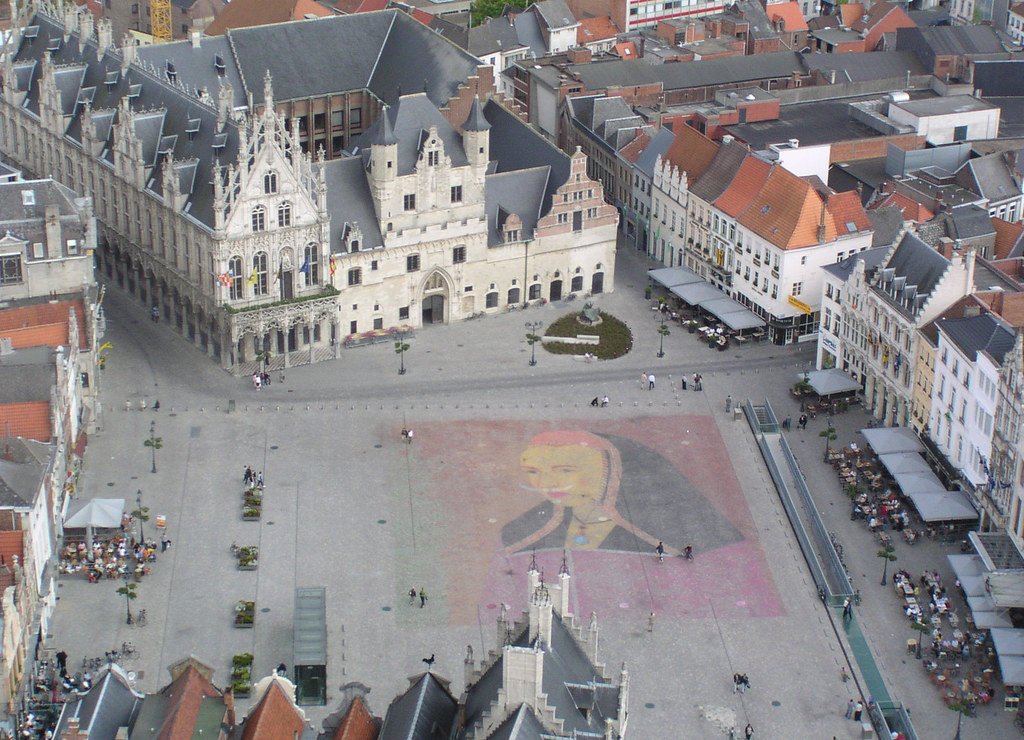
- Technopolis Museum – a center of science and technology
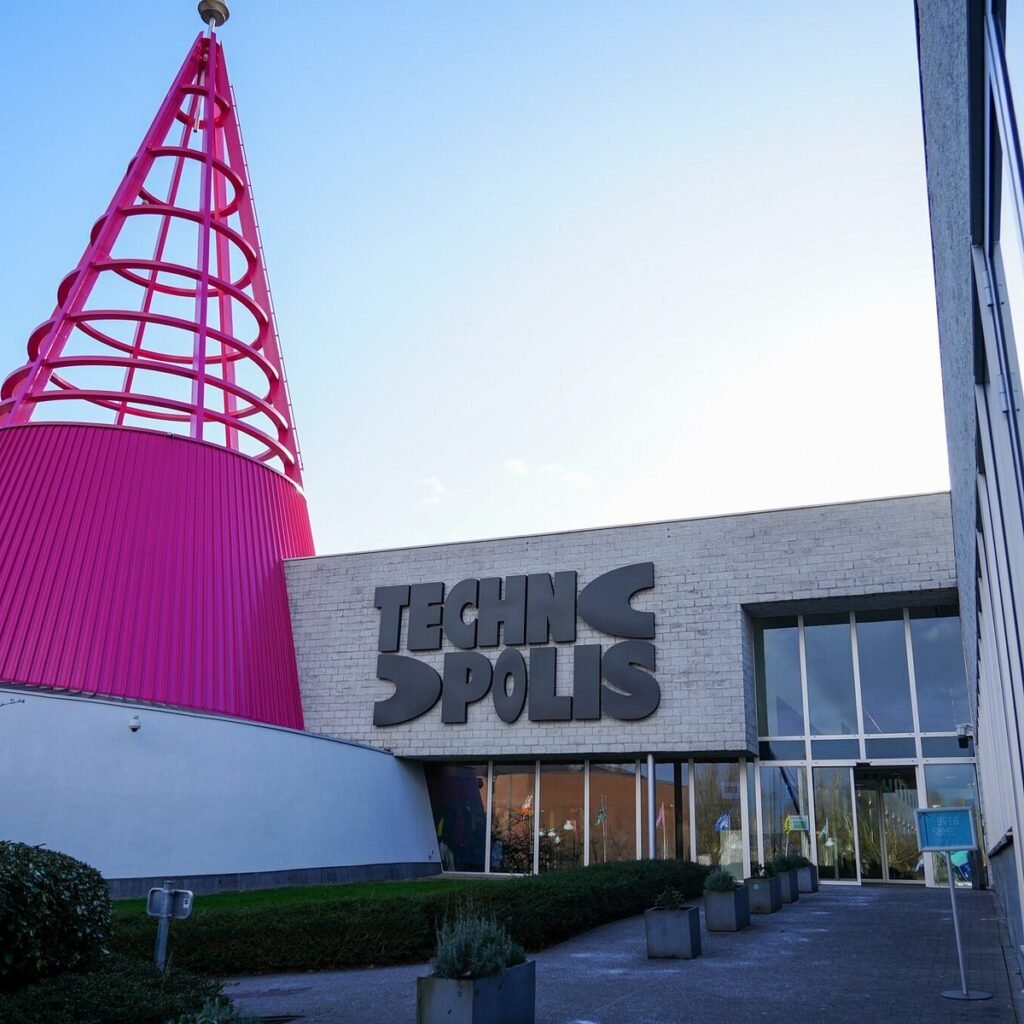
- Kruidtuin Botanical Gardens – home to a marble statue of the famous 16th-century herbalist Rembert Dodoens
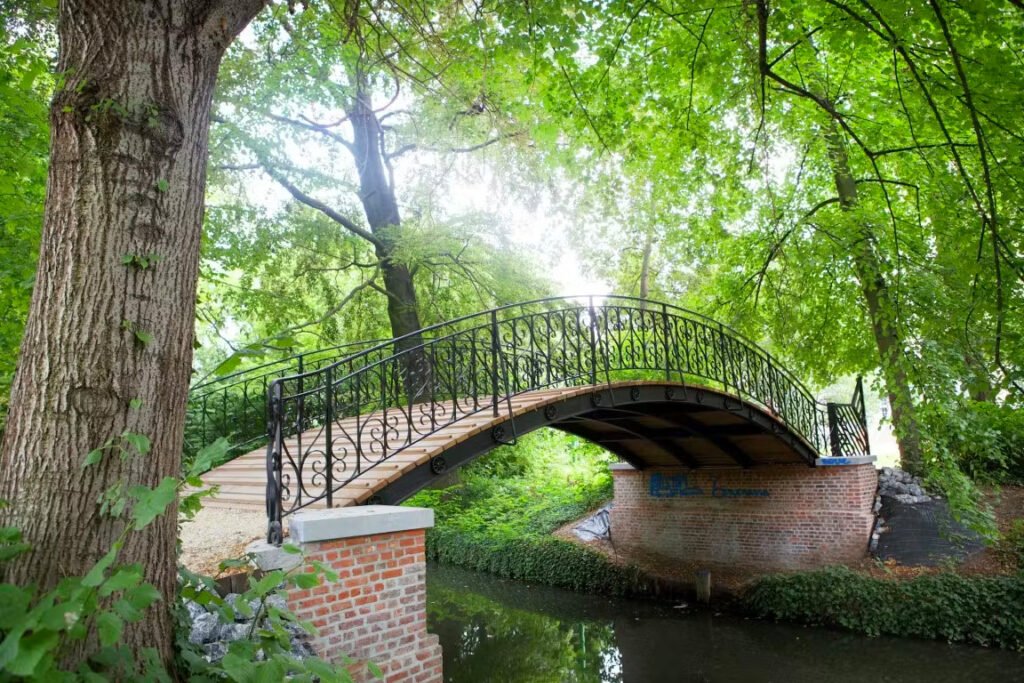
- Vijbroek Park – a large park with lakes, themed gardens, playground and cafés. You can walk here without a guide.
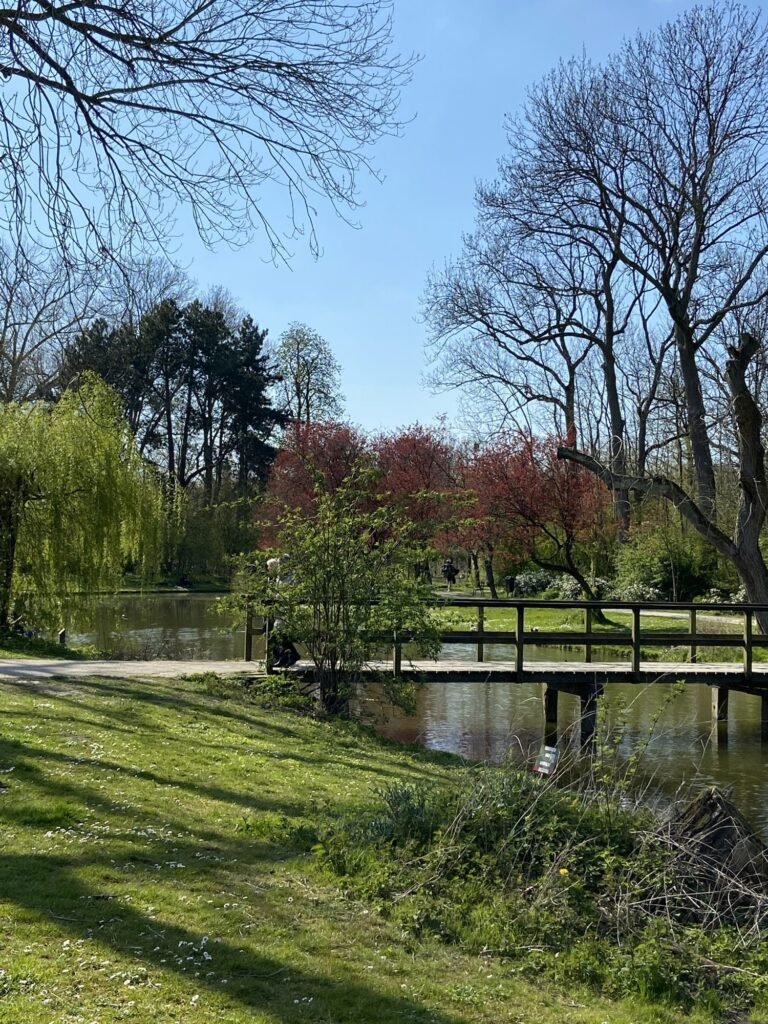
The best time to visit Mechelen is between May and September, when the weather is warm and the city’s parks and gardens are at their best. During this time, you can enjoy outdoor festivals, outdoor concerts and al fresco dining along the picturesque canals. Spring, with its blooming flowers and mild temperatures, is perfect for strolling around this historic Belgian city and visiting the Japanese Garden. Autumn offers a more sedate experience with fewer tourists, cooler weather and beautiful autumn leaves, making it ideal for exploring the city’s cultural attractions and cozy cafes.
